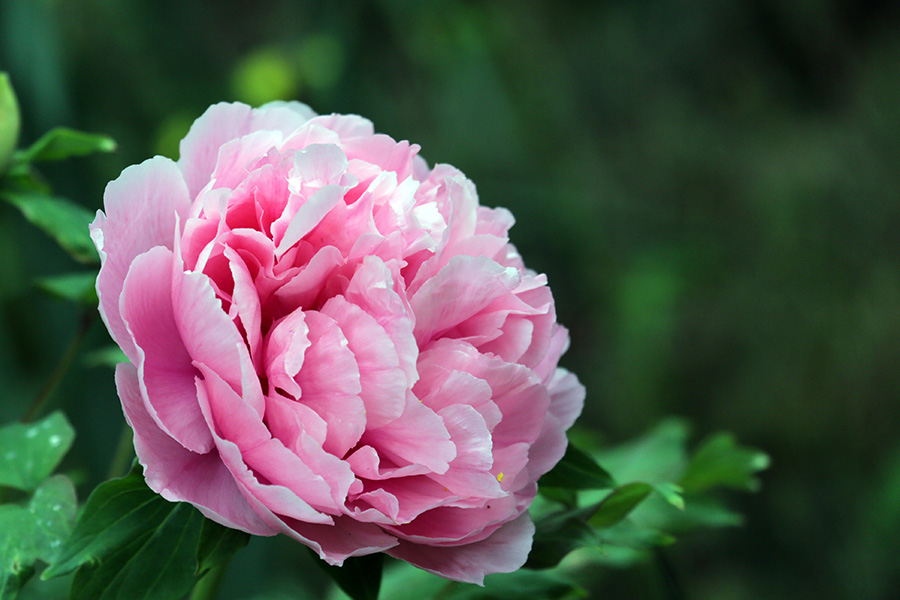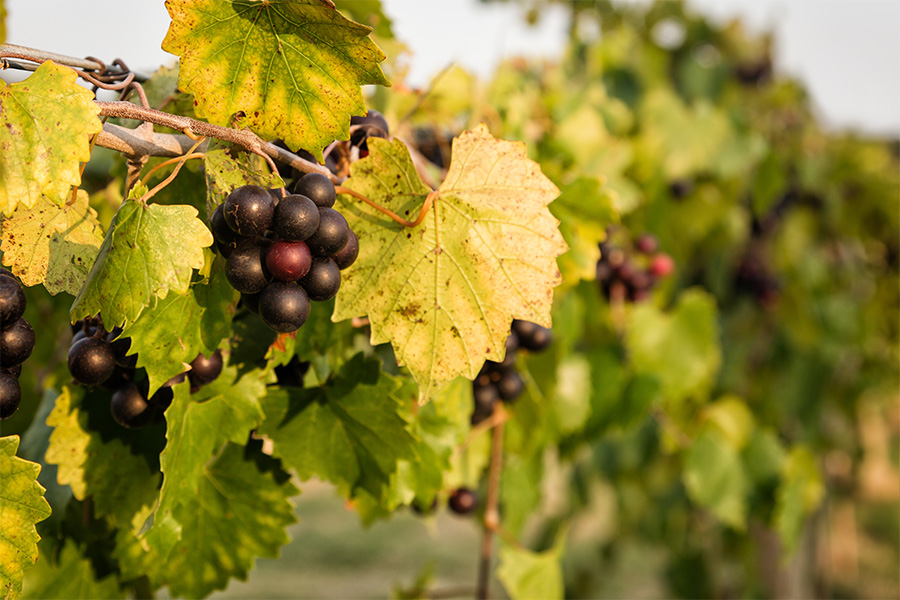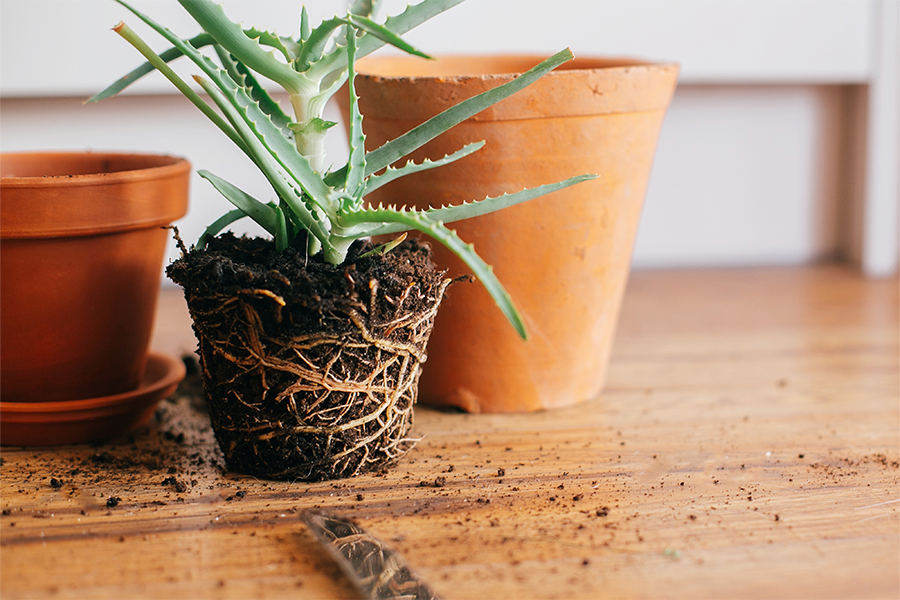Lawn and Garden
-

C 944
Crape Myrtle Culture
Crape myrtle is one of the most useful flowering shrubs/trees grown in Georgia. It provides abundant summer color with a minimum of maintenance.
Jean Williams-Woodward and Svoboda Pennisi
|
-

Whether in a commercial installation or residential garden, perennial plants can be successfully
used to offer more landscaping choices, distinguish your firm from the competition and create a niche for your landscape business. Perennial plants are complex, and it is best to contract or hire a professional landscape architect for the design phase and train knowledgeable staff in proper maintenance later on. This publication is intended to provide the basics of perennial plant biology, ideas on design and installation, and information on cultivation and maintenance of perennial beds. It should also serve as a quick guide for the most common and recommended perennials for Georgia. Common-sense tips from a professional landscaper’s perspective are also included.Paul Thomas, Svoboda Pennisi, and Sheri Dorn
|
-

C 1268
Pruning Muscadine Grapes
Many gardeners don’t realize how vigorously muscadines and grapes must be pruned each season in order to ensure good production. Quality equipment and care also is essential to maintain healthy plants. This video covers the basics of how to properly prune muscadines and bunch grapes. Correct pruning methods are essential for strong fruit production and must be performed annually at the proper time. This video covers timing, tools, and techniques.
Robert Westerfield
|
-

C 1240
Repotting Basics
This publication describes the reasoning behind repotting, as well as container selection, drainage, positioning the plant on an appropriate soil base, examining and attending to root issues, potential root removal and/or redistribution, backfilling, protecting, and watering the plant upon completion of repotting.
As container plants mature, their biomass increases and the roots grow outward and down to collect more water and nutrients. Most container plants tend to become root-bound and dry out quicker than their in-ground counterparts, and these conditions can cause a variety of issues, and lead to stunted growth and poor plant health. To prevent this from happening, it is important to make sure the root system is well dispersed in a healthy soil volume provided by an adequately sized container.
Svoboda Pennisi
|
-

Well-groomed landscapes are often a result of considerable effort by landscape companies. Employees make them happen with routine care and, above all, attention to detail. A quality landscape and the image employees present on the job speak highly of the professionalism of the firm. Quality control (QC) is everyone’s responsibility and an essential part of a landscaper’s job. This publication describes the basics of creating and implementing a successful quality control program for your landscaping company.
Willie Chance and Svoboda Pennisi
|
-

Landscape professionals must consider many factors when choosing the right flowering annuals to plant for a particular location. Primary considerations include high visual impact, consistent bloom for color, foliage for texture and color, sun exposure, growth habit and low-water tolerance. Cost plays an important role as well. Many landscapers typically choose common annual ornamentals and tropical perennials marketed as annuals. Particular species and cultivars tend to be favored over others for a variety of reasons; these are the bread-and-butter plants, such as cool-season pansies and warm-season petunias. Because of this, staple plants tend to be planted year after year, often in the same bed – a recipe for disease build-up, pesticide applications, loss of plants, plant replacement, dissatisfied customers, and ultimately, lower profit margins. This publication explains how to effectively use crop rotation and cultural practices to reduce disease incidence in seasonal color beds.
Jean Williams-Woodward and Svoboda Pennisi
|
-

Deciduous fruit plants common to Georgia must be propagated asexually because they do not come true to seed. This makes it necessary to reproduce the desired fruit plants by methods such as cuttings, runners, layering, budding or grafting. This publication discusses the common techniques used to asexually propagate fruit plants adapted to Georgia.
Gerard Krewer and Robert Westerfield
|
-

A pollinator-friendly and ecologically sustainable garden is both beautiful and able to attract and sustain beneficial insects, reducing the need for pesticides. This publication is based on new research in habitat management for purposes of planting insect-attracting plant species in order to intentionally draw insects to garden areas and urban landscapes. This is done by providing a refuge for the insects during winter and nectar and pollen resources. Plant selection directly affects beneficial insect populations, those insects that can provide ecological benefits such as biodiversity and natural pest control. This concept of “habitat management” can lead to potential increases in pollinating and other beneficial insect populations. An increase in these populations in landscapes will contribute to improved pollination of plants and biological pest control and reduce the need for pesticides.
Susan Braman and Svoboda Pennisi
|
-

Temperatures affects plant growth and distribution. This publication explains how low temperatures (chilling and freezing) affect plant growth in production greenhouses, nurseries, and landscapes. These three environments have different causes and effects, each requiring unique responses to avoid injury. This publication outlines different techniques that can be used to avoid cold injury to plants.
Paul Thomas, Svoboda Pennisi, and Eric Stallknecht
|